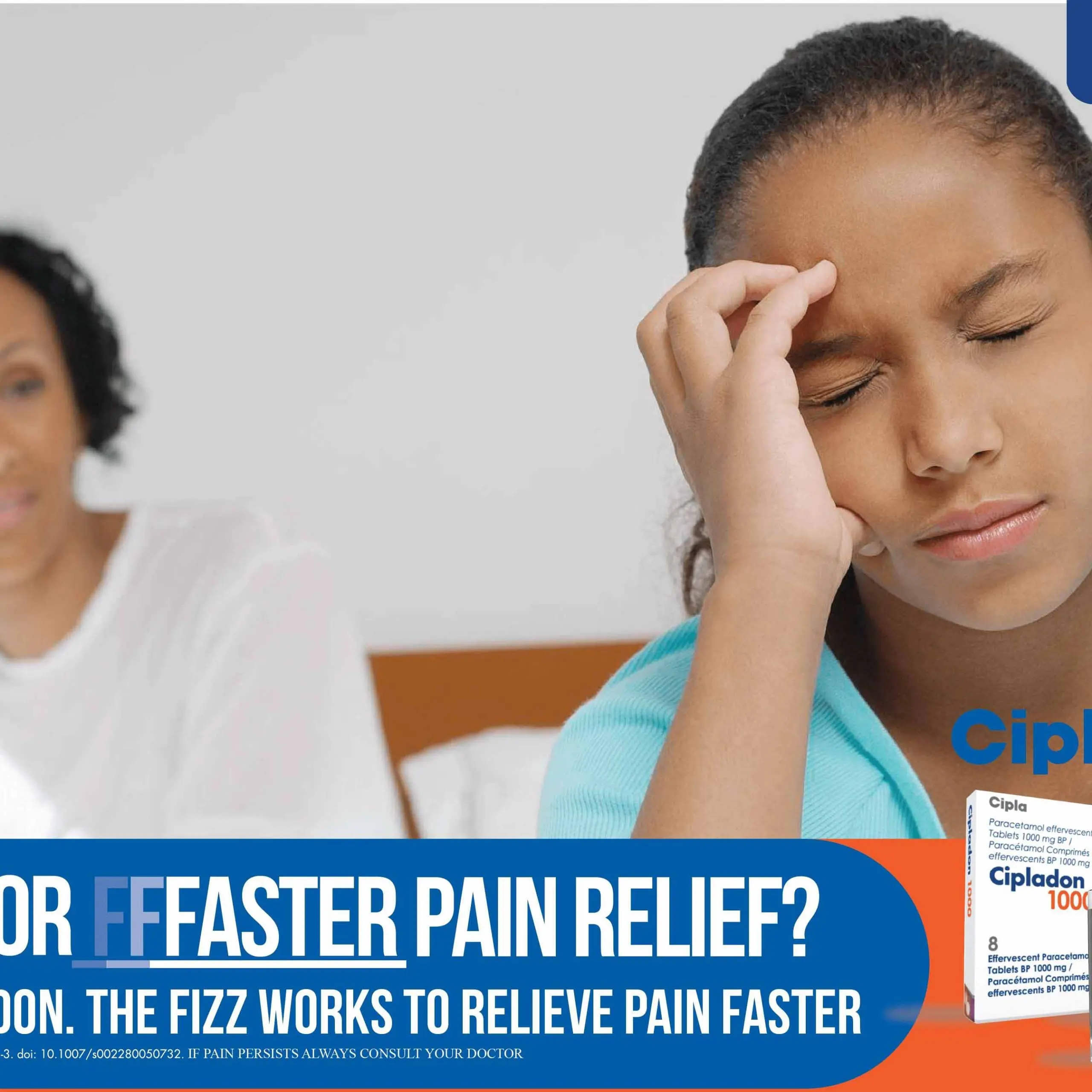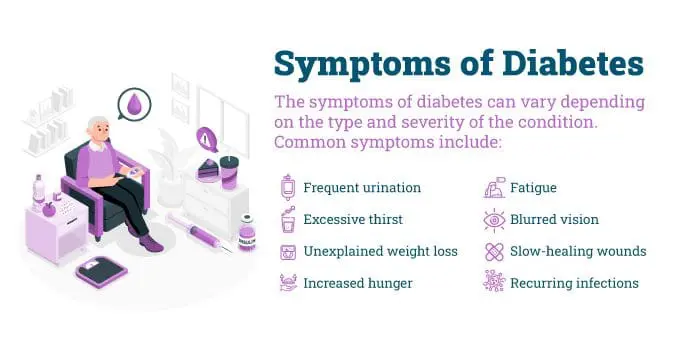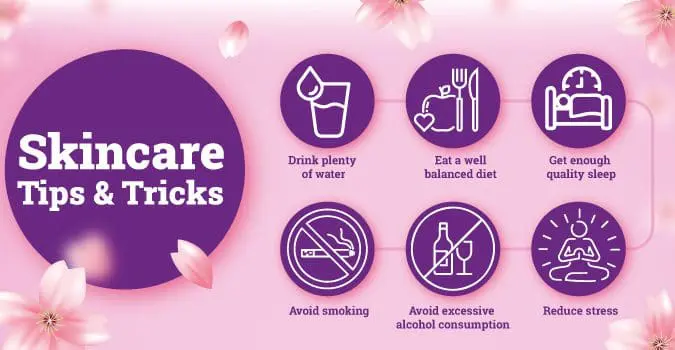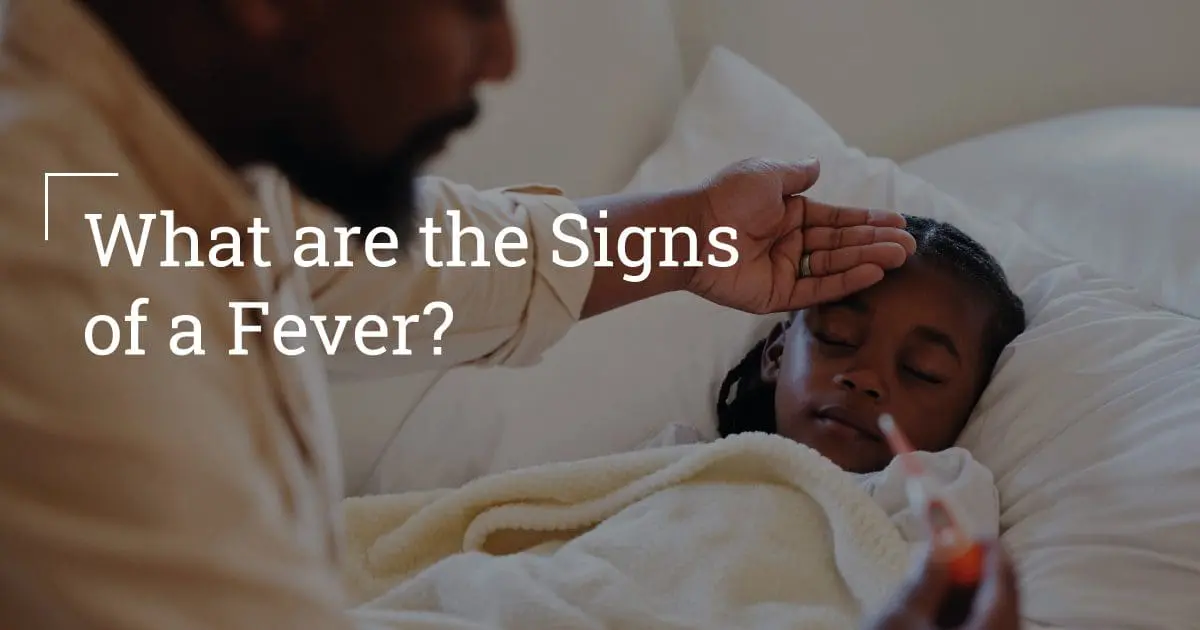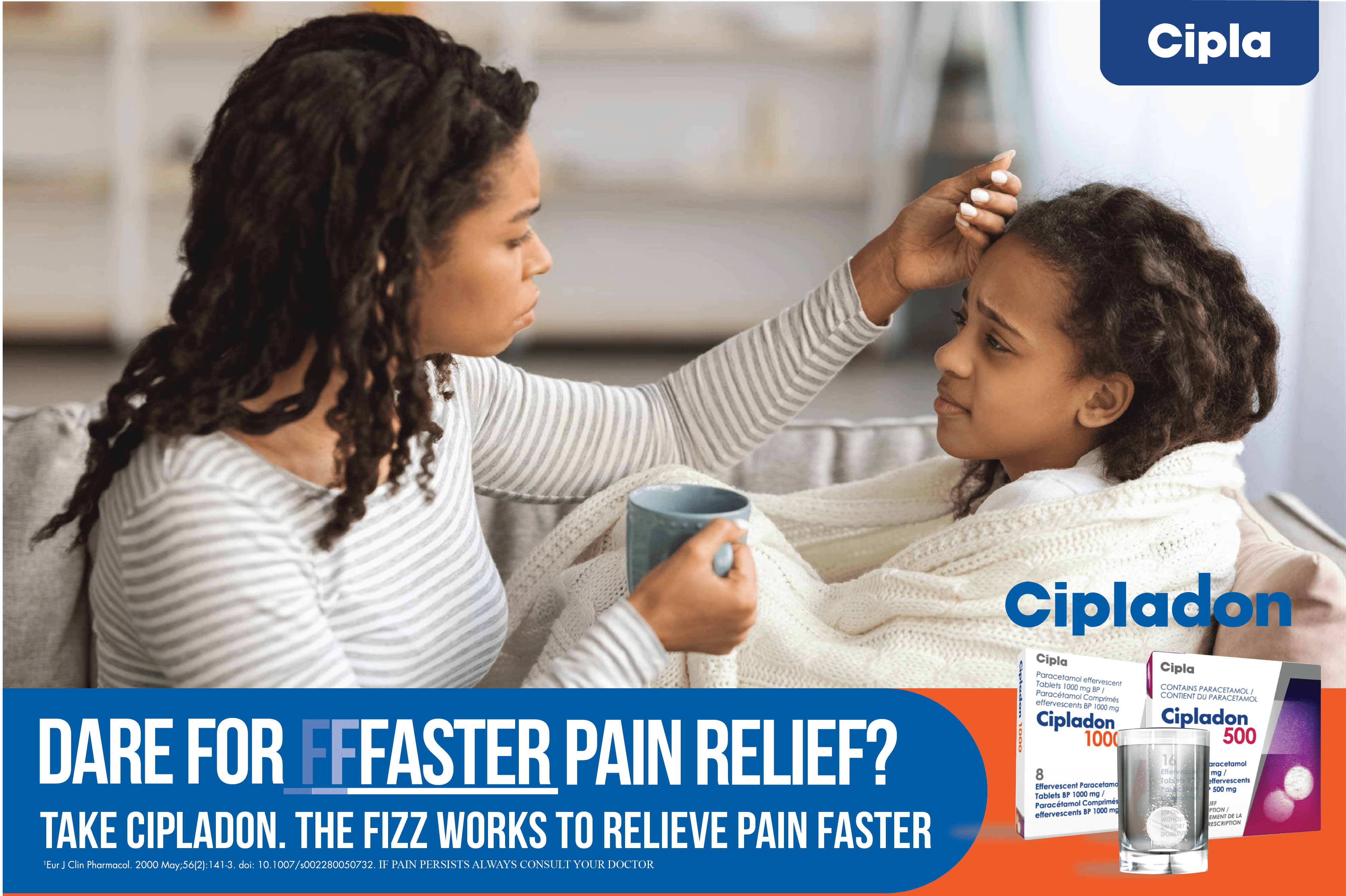
Nuru comes home from school, running a bit of temperature. “Ma, my head is sore,” she whines.
“Oh, dear,” you think to yourself,” she’s probably caught a cold that’s going around.” On top of that, she’s making everybody miserable with her whining. Especially you because at 8 years old, she claims to be too big to take the usual paracetamol syrup that you have on stand-by for the children. On the other hand, she has difficulty swallowing the 1000mg tablet you keep in the medicine cabinet for yourself. She’s refusing to take either and you know that paracetamol will make her (and you) feel better. You have a battle on your hands.
You’re not alone.
Nurses also have difficulty administering pre-teens medicines
Even trained nurses experience challenges when it comes to preparing and administering medicines to their patients. You won’t be surprised to learn that their most common challenges are the same as parents’: their patients complain that the medicine tastes bad and they spit out tablets. An additional challenge, probably also familiar to you, is how difficult it is to break pills into pieces to make the appropriate dosage for children at particular ages (we look at this a bit later).1
“So, what?” you’re thinking. That doesn’t help me, now. The obvious solution is paracetamol which is neither a syrup, nor a traditional tablet, like Cipladon 500, but what if you don’t have any?
An emergency solution: “disguising” the medicine
While one doesn’t want to “con” our kids, desperate times sometimes call for desperate measures.
However, before you take any of the tips below, please check with the pharmacist to be sure that following any of the suggestions has no impact on the way the medication works – its efficacy.
- If your child likes iced drinks, keep liquid medicines and syrups in the fridge.
- Mix the medicine with another liquid or crush the tablet into a little bit of food. Often sick children have no appetite, so make sure that the quantity is small enough so that they finish it and take the right dose.2
A longer-term solution: strategy and practice
Realistically, our children have to learn how to take medicines, whether or not they like the taste, or can swallow a tablet. Taking pills is a fact of life, so if your child refuses to take them, why not develop some strategies for helping them to cope?
The “con” is not the answer
As with all things in life, honesty is the best policy, and as most parents know, “tweens” will uncover what their parents try to hide from them – sometimes with disastrous results. So, if it’s a case of making the medication palatable, or getting it swallowed, pre-teens are probably old enough to “disguise it” themselves – under supervision. They could even begin enjoying the “medicated” drink as John did:
As a baby, John was diagnosed with abdominal migraine and the doctor prescribed daily medication. His mother’s strategy: she gave him and his brother a drink each morning. John knew his drink was special: it had his medicine in it. Occasionally, he’d open the bottle and smell it when he got older. It was awful. He also knew that he didn’t have a sore tummy or vomit when he took it. Over time, he came to look forward to that morning drink – even when it no longer had his medicine “hiding” in it.
What else do we learn from John’s mom?
In addition to John’s understanding of the reason for the medicine, taking it was part of the family’s daily routine. Consequently, he took it every day, no fuss, no muss. Getting into a routine is an essential strategy if children are on medication for chronic conditions. This also sets the tone for when the doctor prescribes a course of antibiotics that must be finished.
John knew where his medicine was, and his mom didn’t stop him from opening the bottle to smell it. Continuing to have it mixed with his morning drink was his choice.
While taking medicine may not be a choice, involving your child in when and how to take it, will help them feel more in control.
Practise makes perfect
The stumbling blocks to tablet swallowing are not just swallowing something whole, but the sensation of something on the tongue. Then, there’s a child’s anxiety when she cannot swallow it, or if he/she chokes.
Successfully taking pills only comes with practise. Why not make it fun? While we don’t advocate children eating large quantities of sugary foods, it could be helpful to practise using something like Smarties, the candy-coated chocolate sweeties which are about the same size as a 500g to 1000g tablet. In addition to this, using a straw to suck the water (or other appropriate drink) into the mouth and then swallowing has the advantage of distracting them from the anxiety associated with swallowing the tablet. Sucking into a straw has the added advantage of forcing the liquid down the throat, taking the pill with it.
Gamify
You could turn this into a game, with a (non-sugary) reward for successful swallows. Similarly, this might help your child finish a course of medicine, and she gets a star or other symbol on a chart for each tablet in the course, and then a tangible reward like a book or voucher when she’s finished the course of pills.3
Paracetamol and “tweens”
Acetaminophen is the generic name for paracetamol, an over-the-counter medicine taken to relieve pain and fever for people of all ages, and is very safe, but with all medicines overdosing can lead to liver damage and, in rare cases, even death. Carefully read the medicine prescription information.
Paracetamol is available in syrup, tablets, and effervescent tablets like Cipladon 500. The following table is a useful guide for parents as their children grow up, especially when they’re moving through the phase of being too old for syrup and too young for tablets.
If you’re giving your child paracetamol syrup, ensure you have a proper medicine measure. Do not use a spoon from your kitchen drawer. Syrup is recommended for children from eight years old and up.
The table below is a guide to how often you can dose your sick child with paracetamol depending on their age.4
Paracetamol Syrup
|
Age
|
How much?
|
How often?
|
| 6 to 8 years |
5ml |
Maximum 4 times in 24 hours |
| 8 to 10 years |
7.5ml |
Maximum 4 times in 24 hours |
| 10 to 12 years |
10ml |
Maximum 4 times in 24 hours |
Paracetamol Tablets
|
Age
|
How much?
|
How often?
|
| 6 to 8 years |
250mg |
Maximum 4 times in 24 hours |
| 8 to 10 years |
375mg |
Maximum 4 times in 24 hours |
| 10 to 12 years |
500mg |
Maximum 4 times in 24 hours |
| 12 to 16 years |
750mg |
Maximum 4 times in 24 hours |
Cipladon 500 Effervescent Paracetamol Tablets: dosing is dependent on the child’s weight
Children who are 8 and older, and children who meet the weight requirements can take Cipladon 500.5
Weight guidelines for Cipladon 500 dosages
|
Weight
|
Dose limit
|
Timing
|
| 15 mg per 1kg per dose |
to a maximum of 1000 mg |
every four hours |
| Maximum 75 mg per 1kg per day |
not exceeding 4000 mg |
for 48 hours |
| Maximum of 60 mg per 1kg per day |
not exceeding 4000 mg |
after 48 hours |
More about Cipladon 500 for easy-peasy dosage and f-f-faster pain relief
Cipladon 500 is not a pill: it’s an effervescent tablet that dissolves in water. This leaves much less room for mistakes and makes for easy peasy dosing of children who don’t like medicine, especially swallowing pills.
Children like Cipladon 500 because it is not a sugary syrup that often has a nasty, sickly bitter-sweet aftertaste. Instead, Cipladon 500 tastes more like a cold drink because it is sweetened with aspartame (a low-calorie sweetener) that tastes just like sugar.
Remember: If your child is small or big for their age, always ask your pharmacist to guide you on how much paracetamol to dose your child.
Other Advantages of Cipladon 500
- Cipladon 500 is safe for children from 8 years old, and up.
- Cipladon 500 is the perfect solution for children who are too old for syrups and too young for tablets: no more fighting, and no more spitting pills out!
- Cipladon 500 means that children who are anxious about swallowing big pills are more likely to take their medicine when it is a sugar-free, fizzy, sweetened flavored drink.
In short: Cipladon 500 is easy to give, tastes great, and relieves pain and fever f-f-faster!
The fizz works!
Disclaimer: The information on this site should not be used as a substitute for professional medical care or advice. Contact a healthcare provider if you have questions about your health.
Sources:
- Boztepe H, Özdemir H, Karababa Ç, Yıldız Ö. 2014 . Difficulties experienced during preparation and administration of oral drugs. Turk Pediatri Ars. Sep 1;49(3):231-7. doi: 10.5152/tpa.2014.1795. PMID: 26078668; PMCID: PMC4462300. [Online] Available from <https://www.ncbi.nlm.nih.gov/pmc/articles/PMC4462300/> 08/08/2022
- Hilmas, E (Reviewer) Medicines: Using Them Safely (for Parents). Nemours KidsHealth [Online] Available from <https://kidshealth.org/en/parents/medication-safety.html> 10/08/2022
- Weinstock, J, 2022 6 Tips That Will Take the Strain Out of Giving Your Child Medication. Children’s Hospital Los Angeles [Online] Available from<https://www.chla.org/blog/health-and-safety-tips/6-tips-will-take-the-strain-out-giving-your-child-medication> 10/08/2022
- Hilmas, E (Reviewer) How to Safely Give Acetaminophen (for Parents). Nemours KidsHealth [Online] Available from <https://kidshealth.org/en/parents/acetaminophen.html> 10/08/2022
- How much paracetamol should I give my child? Health Navigator New Zealand [online] Available from <https://www.healthnavigator.org.nz/tools/p/paracetamol-dose-calculator/> 26/04/2022




